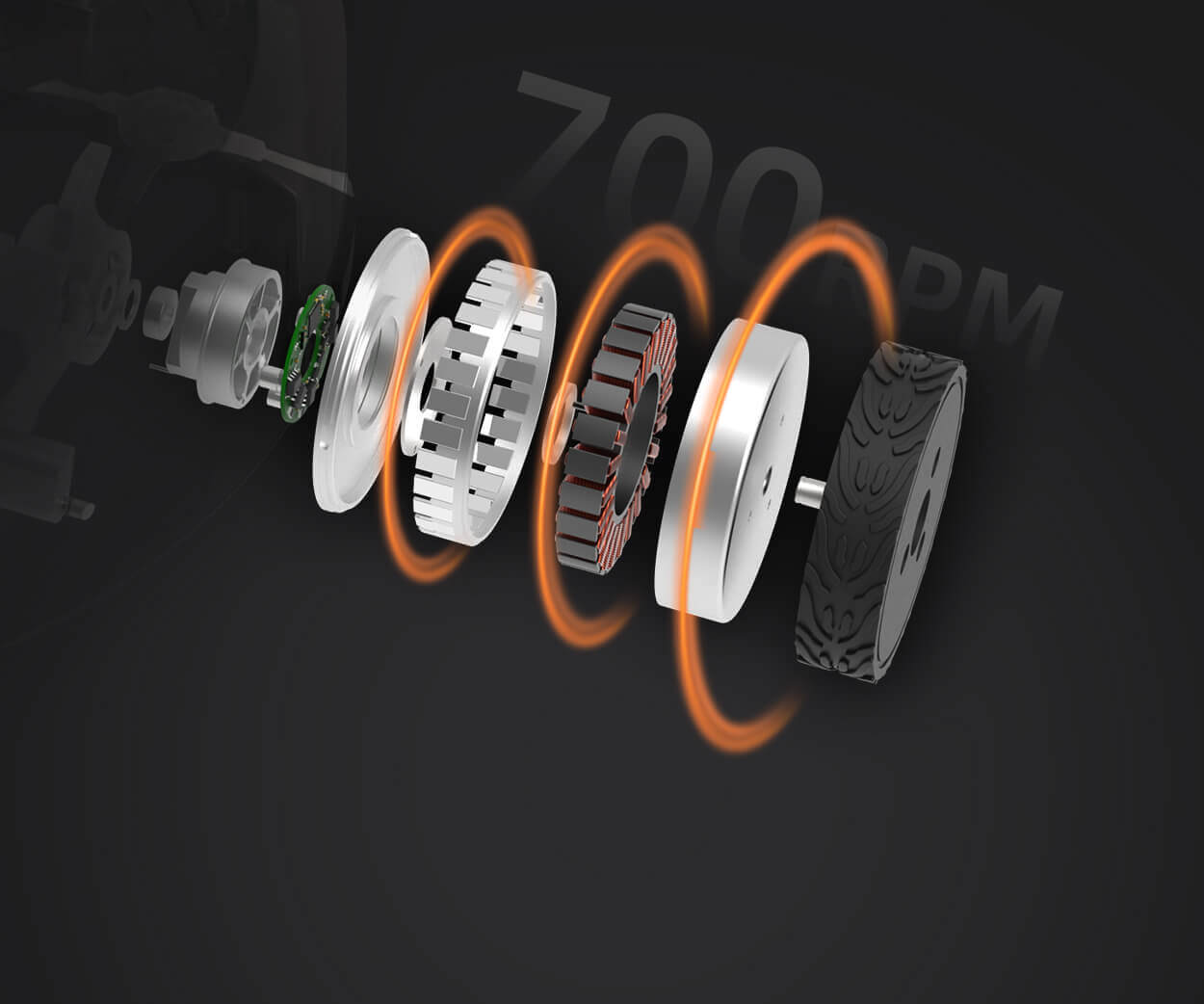In an era where remote work isn’t just a trend but a fundamental shift in business operations, the importance of reliable and secure access control systems has soared to the forefront. Traditional perimeter-based security measures, once sufficient for physical offices, now find themselves ill-equipped to handle the complexities of modern, distributed workforces. Here’s where remote access control software solutions step in, revolutionizing the way organizations safeguard their digital assets while providing seamless access to authorized users—anytime, anywhere.

The evolution of access control: from physical to digital
Access control has historically been about securing physical premises—locks, keys, ID badges, surveillance cameras. As technology advanced, digital systems emerged, enabling organizations to restrict access to sensitive information and systems via passwords, biometric authentication, and security tokens. But with the explosion of cloud computing, mobile technology, and remote work, traditional digital security tools are no longer enough.
Enter remote access control software solutions—cloud-based, flexible, and adaptable systems that not only manage who can access what and when but do so dynamically across any device, location, or network. These solutions ensure that security keeps pace with the fluidity of modern work environments, providing a centralized dashboard for administrators and a frictionless experience for users.
Why remote access control software solutions are vital today
The hybrid work model has become standard for many companies, blurring the lines between on-site and off-site work environments. This shift creates numerous challenges:
Security Risks: Increased endpoints mean more attack vectors, especially if remote access isn’t secured properly. Without proper controls, threats like unauthorized access, data breaches, or malware infiltration can escalate.
Operational Flexibility: Employees need to access corporate resources securely from home, on the road, or while traveling internationally. Delays or restrictions in access can hamper productivity.
Regulatory Compliance: Many industries face stringent regulations governing data security and privacy. Proper access controls are crucial not only for security but also for compliance.
Remote access control software addresses these issues by leveraging advanced encryption, multi-factor authentication, role-based access management, and real-time monitoring. This multifaceted approach creates a robust security framework that adapts swiftly to emerging threats.
Features that define effective remote access control solutions
When evaluating remote access control solutions, some features stand out as essential:
Multi-Factor Authentication (MFA): Requiring multiple forms of verification reduces the risk of compromised credentials.
Role-Based Access Control (RBAC): Assigning permissions based on user roles ensures users access only what they need.
VPN and Secure Tunnels: Encrypted connections safeguard data in transit, thwarting eavesdroppers.
Single Sign-On (SSO): Simplifies user authentication across multiple systems, reducing password fatigue and enhancing security.
Audit Trails and Monitoring: Logins, access attempts, and actions are recorded to enable forensic analysis and compliance reporting.
Device and Location Management: Recognizes trusted devices and geofencing to restrict access when necessary.
Biometric Integration: Adds an extra layer of security with fingerprint, facial recognition, or other biometric authentication methods.
These features work together to create a comprehensive, user-friendly, yet highly secure environment that empowers both IT teams and end-users.
Choosing the right remote access control software: some considerations
With a plethora of options available, selecting the right solution requires a thorough understanding of organizational needs. Key considerations include:
Scalability: Can the system grow with your organization? Will it support additional users, devices, or locations easily?
Compatibility: Does it integrate seamlessly with existing infrastructure—such as Active Directory, corporate apps, or compliance tools?
User Experience: Is the interface intuitive? Will users adopt the system without friction?
Management and Support: Does the vendor provide reliable support, regular updates, and easy management features?
Cost and Licensing: What is the total cost of ownership? Are licensing models flexible?
Organizations often opt for solutions that combine advanced features with ease of management and deployment. Cloud-based platforms, in particular, excel here, offering quick setup, remote management, and automatic updates.
The role of AI and automation in modern remote access solutions
Emerging trends point toward the integration of Artificial Intelligence (AI) and automation in remote access software. AI can analyze patterns and detect anomalies—such as unusual login times or locations—triggering alerts or automated responses. This proactive approach enhances security without burdening administrators.
Automation streamlines routine tasks like user provisioning, access revocation, and compliance checks, reducing errors and freeing up IT resources for strategic initiatives.
Case studies: Success stories in remote access control
Many leading enterprises have already harnessed the power of remote access control solutions:
Global Financial Institution: Implemented a multi-layered remote access system combining MFA, RBAC, and AI-driven monitoring, reducing fraud incidents by over 50% and ensuring compliance with international standards.
Healthcare Provider: Deployed secure remote access for doctors and staff, integrating biometric authentication and encrypted VPNs, enabling rapid response times while safeguarding patient data.
Tech Startup: Leveraged a cloud-first access control platform that supported rapid scaling during growth phases, with minimal downtime and reduced security incidents.
These examples highlight how tailored remote access solutions can align with diverse organizational needs, achieving both security and operational agility.
Kpower has delivered professional drive system solutions to over 500 enterprise clients globally with products covering various fields such as Smart Home Systems, Automatic Electronics, Robotics, Precision Agriculture, Drones, and Industrial Automation.




































